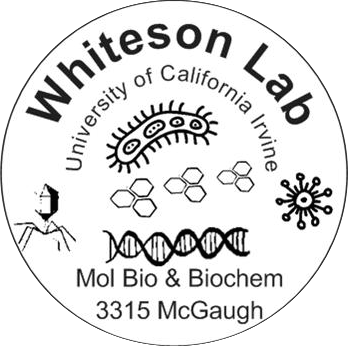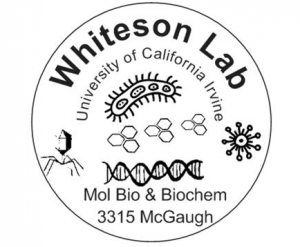By Sanika Joshi, Dec 2016
What is it?
Streptococcus salivarius is a gram-positive, facultative anaerobic microorganism that is found in the oral cavity and upper respiratory tract of human beings. S. salivarius is spherical in shape, non-motile, non-sporing, and catalase negative. Although it is a common member of the oral microflora in healthy individuals, S. salivarius is an opportunistic pathogen capable of infecting immunocompromised patients [1].
When was it discovered?
The first description of streptococcal infection was made by Austrian surgeon Theodor Billroth in 1874. Then in 1879, Louis Pasteur isolated Streptococcus from the uterus and blood from women with post-labor uterine infections known as puerperal fever [2].
Where is it found?
S. salivarius is one of the earliest bacteria that colonizes the dental plaques of newborns [3]. S. salivarius is a primary colonizer of teeth, acting as a substrate for the attachment of other oral microbes. Oral microbiota form “hedgehog” structures in dental plaques, in which Streptococcus species make up the structure’s base and tip [4]. S. salivarius remains prevalent as a commensal in the human oropharyngeal tract throughout healthy individuals’ lives [3]. Streptococcus species also colonize the lungs of cystic fibrosis patients [5].
Why is it important?
S. salivarius K12 was the first strain to be commercially developed as an oral probiotic and it helps to improve oral health and reduces halitosis, or bad breath [6]. In rare cases, S. salivarius can enter the blood stream and cause septicemia (systemic bacterial infection) or endocarditis (heart disease) [2].

Fig 1. Streptococci make up the base and distal ends of “hedgehog” structures found on dental plaques. Streptococcus species were stained green and Corynebacterium were stained magenta using FISH probes. Size of scale bar = 20 microns. Figure obtained from: Welch JL, et al. 2016. Biogeography of a human oral microbiome at the micron scale. PNAS, 113(6): E791-800.
References
[1] Kaci G, et al. 2014. Anti-Inflammatory Properties of Streptococcus salivarius, a Commensal Bacterium of the Oral Cavity and Digestive Tract. Applied and Environmental Microbiology, 80(3): 928–934. http://doi.org/10.1128/AEM.03133-13
[2] Ferretti J, et al. 2016. Streptococcus pyogenes : Basic Biology to Clinical Manifestations [Internet]. Oklahoma City (OK): University of Oklahoma Health Sciences Center; 2016-. Available from: https://www.ncbi.nlm.nih.gov/books/NBK333430/
[3] Streptococcus salivarius. 12 April 2011. https://microbewiki.kenyon.edu/index.php/Streptococcus_salivarius
[4] Welch JL, et al. 2016. Biogeography of a human oral microbiome at the micron scale. PNAS, 113(6): E791-800.
[5] Lim YW, et al. 2014. Clinical Insights from Metagenomic Analysis of Sputum Samples from Patients with Cystic Fibrosis. Journal of Clinical Microbiology, 52(2): 425-437.
[6] Burton JP, et al. 2006. A preliminary study of the effect of probiotic Streptococcus salivarius K12 on oral malodour parameters. Journal of applied microbiology, 100(4): 754-764.

